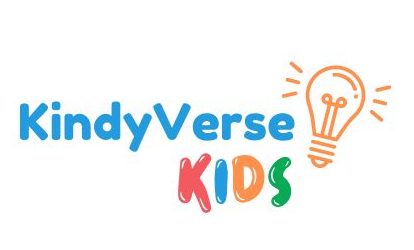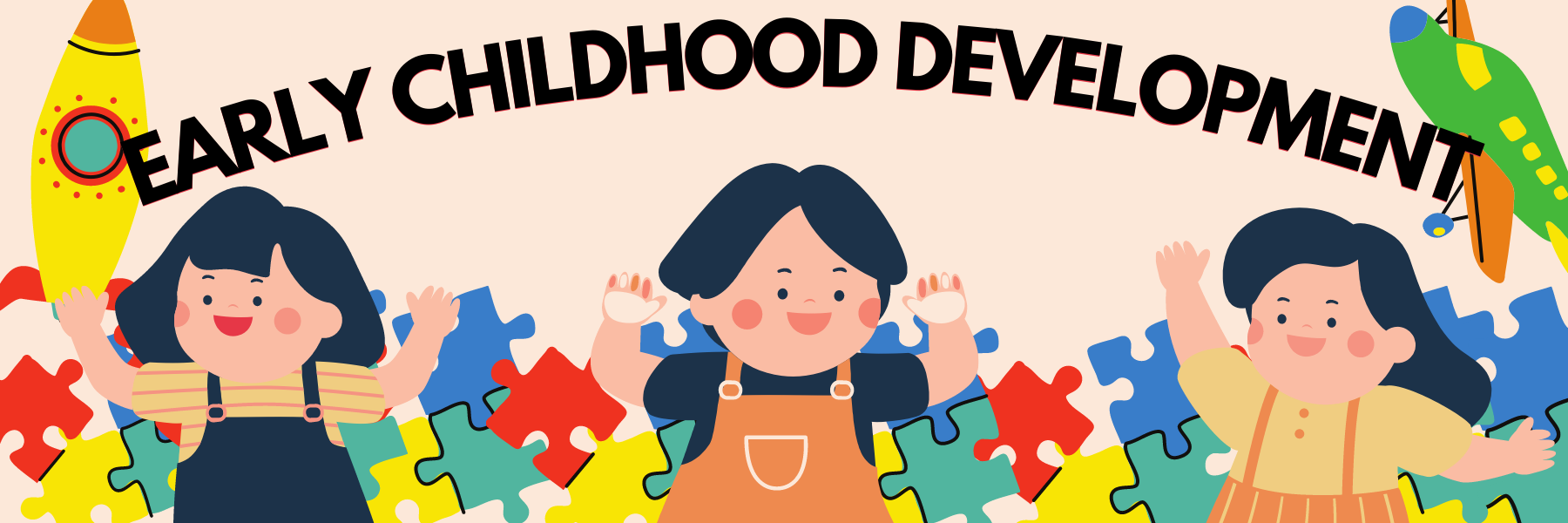
Kids Talk: The Early Childhood Development Milestones
Have you ever spent time with young children? If yes, then you already know how their brain development works. It is like a sponge that absorbs every little thing that is taught to them. According to UNICEF, children’s brains develop as they interact with their environment and socialize with the people around them. So why is the development of early childhood so important? What are the five stages of early childhood development, and what are the six areas of early childhood development? Sit back, relax and continue to scroll down as all these questions and more will be answered in this article.
These are the topics that will be discussed in this article.
The Importance of Early Childhood Development
Five Stages of Early Childhood Development and Milestones
Six Areas of Early Childhood Development
Early Childhood Memory Development
Early Childhood Development Intervention
Best Practices in Early Childhood Interventions
The Importance of Early Childhood Development
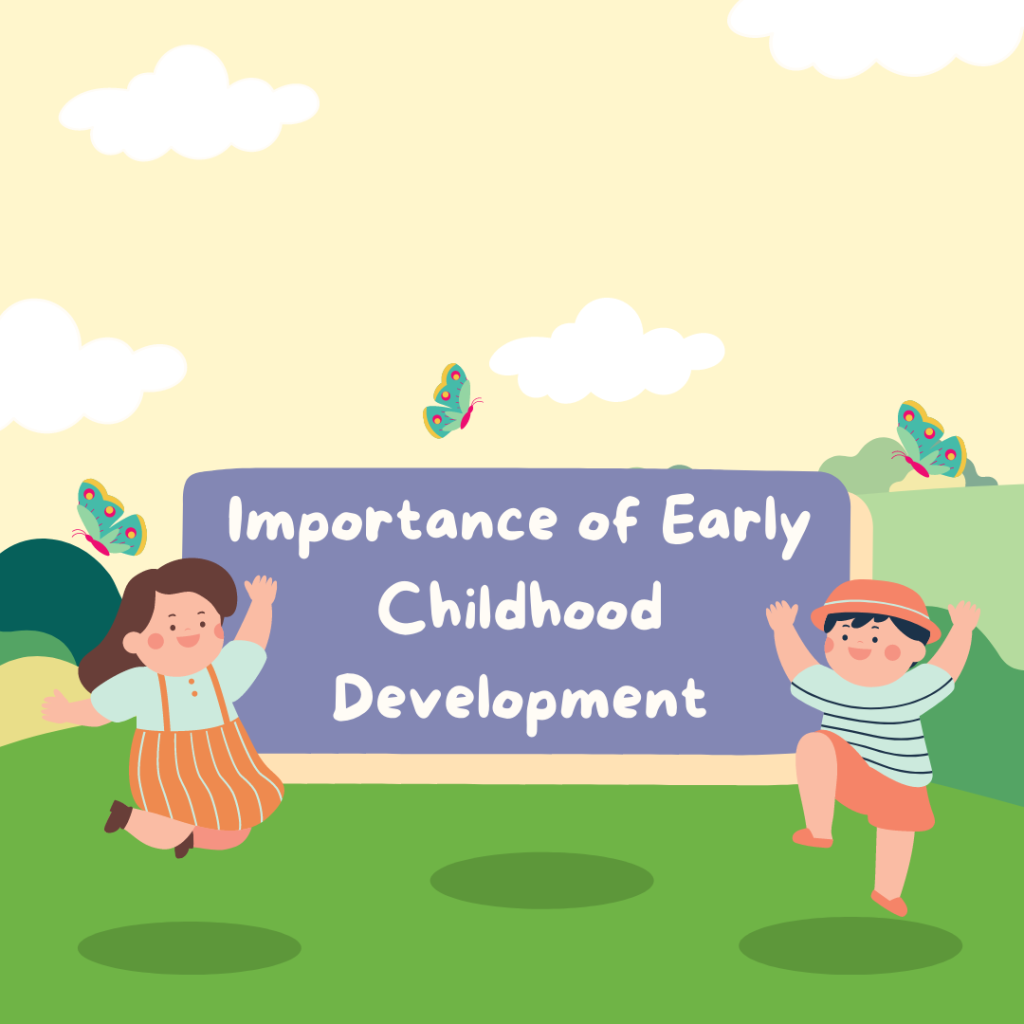
Early childhood is the starting point for a child to develop their cognitive and social skills through experience. A common misconception is that a child should only learn the basics, like being able to speak, identify their surroundings, interact with living things, or learn the ABCs. There’s always more to that. It is vital to nourish a child at this stage because it calibrates the foundation for lifelong learning, psychological state, and health.
It is proven that in order to ensure a healthy child’s growth, they should be observed in their first 10 years. These first 10 years start inside of their mother’s womb and include proper diet, taking essential supplements, reading bedtime stories, listening to classical music, and many more. Most mothers, especially on this day, are not aware of how important and critical it is to provide a holistic approach. This situation is caused by oblivion and people’s selfishness to be able to do what they used to do.
What we need to understand about the importance of early childhood development is the awareness of the need to provide a holistic approach to a child that also observes the following:
- Safety and Security – where a child feels at ease and secure in their surroundings.
- Adequate Nutrition – A child is given the nutrients he or she needs to grow.
- Caregiving – A child receives warmth, love, and care from either the parents or guardians.
- A Chance to Discover and Learn – when a child is given the opportunity to explore, be exposed to, and experience the things around them.
- Mental and Emotional Health – A child receives mental and emotional support. It also includes not making them feel stressed and anxious.
The World Health Organization, or WHO, emphasized the importance of providing child care. On May 18th, 2018, WHO established the Child Health and Development Unit and the Nurturing Care Framework to ensure that every child in the world has the right not only to survive but also to thrive. They also provide five components for the Nurturing Care Framework: for a child to have good health; adequate nutrition; responsive caregiving; security and safety; and opportunities for early learning. The organization believes that if a child is given support to thrive, it will have a long-term effect on the child’s growth and, in the future, a nurtured child could make a difference and help to make a better world. As they have envisioned, “The goal of the Child Health and Development Unit is to end preventable child deaths and promote the healthy growth and development of all children in the first decade of their lives.”
The experiences children have in early childhood allow the child’s brain to be more aware of their surroundings and the child’s capacity to learn, develop a healthy relationship with other people or social skills, and deal with everyday struggles and challenges.
What If the Early Childhood Development Needs Are Unmet?
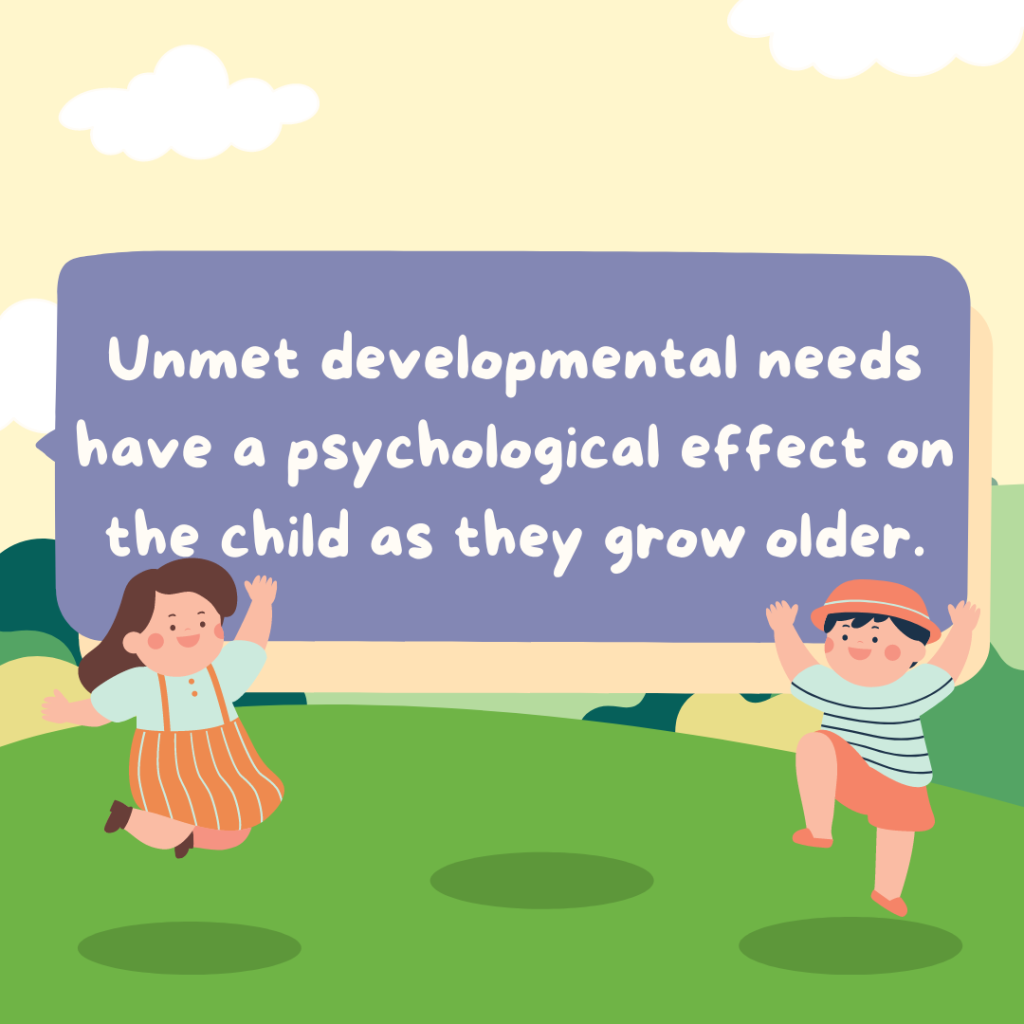
It is a newborn’s right to receive every type of care the world has to offer. And it’s their parents’ obligation to provide for their development needs such as nutrition, safety and security, affection and guidance, hygiene and healthcare, a place to stay or home, be able to practice sensory stimulation, education, or an opportunity to learn, and rest. You see, these factors are essential for the better nurturing of the child, and their unavailability to meet them can cause serious long-term problems for the child.
Unmet developmental needs have a psychological effect on the child as they grow older. This brings forth constant sadness, loneliness, hopelessness, self-disappointment, self-embarrassment, confusion, frustration, irrational anger, self-consciousness, being insecure, and vulnerability. In terms of health, it causes malnutrition, an immature body, disorders, and slowed development, which results in late-blooming glow-ups. In the long run, it will be a burden to carry if not settled earlier. A person who grew up with unmet developmental needs tends to take mistaken signs or false messages about themselves and the world as a consequence, leading to self-destructive patterns of coping.
5 Stages of Early Childhood Development and Milestones
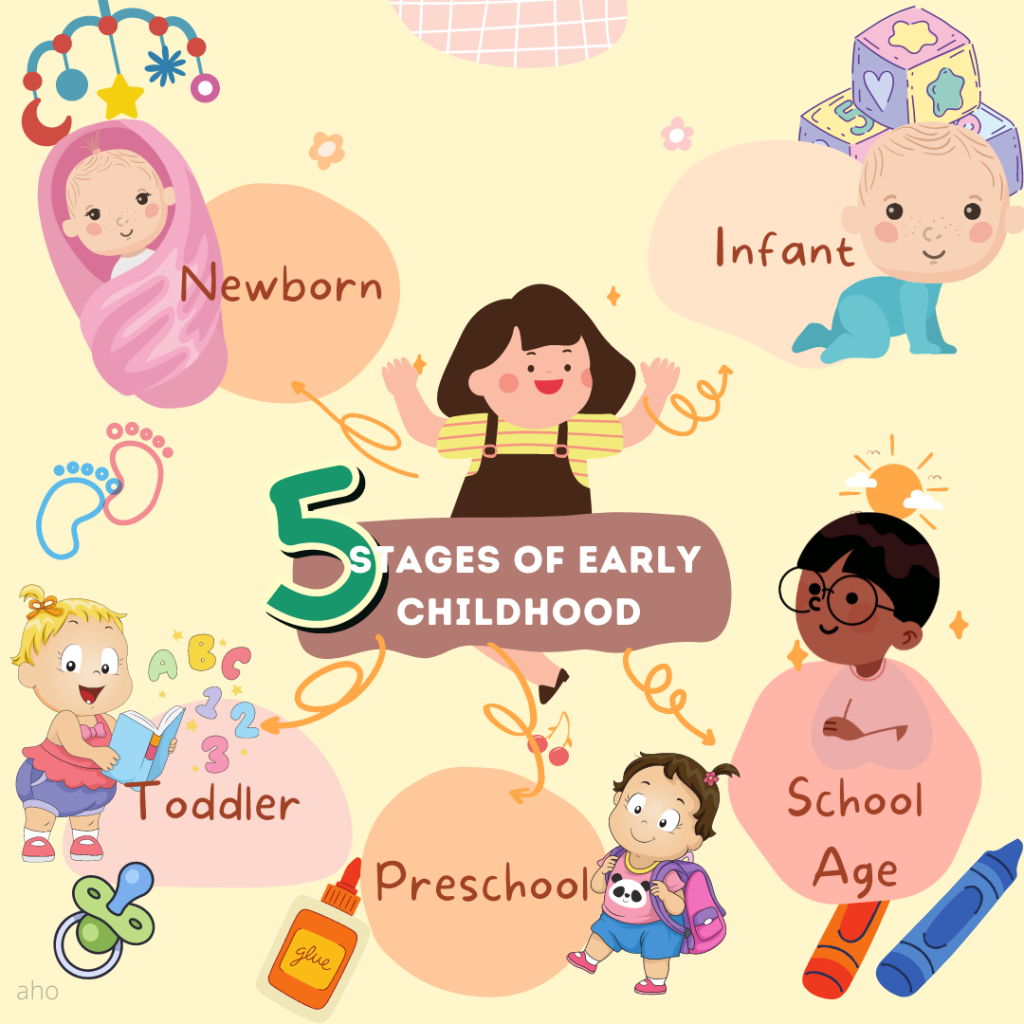
The 5 Stages of Early Childhood Development are the processes or phases of a child’s growth between 0 months old and up to 5 years old. Every stage is observed to include a child’s growth in physical, emotional, cognitive, and social aspects.
In this section, the 5 stages of early childhood development are identified as newborn, infant, toddler, preschool, and school age. These stages are categorized based on the capabilities of the child to react, learn, or connect to their environment.
Like all other milestones, keep in mind that typical development can take between six and eight months. This implies that students may demonstrate skills six to eight months before or after the age indicated.
Newborn
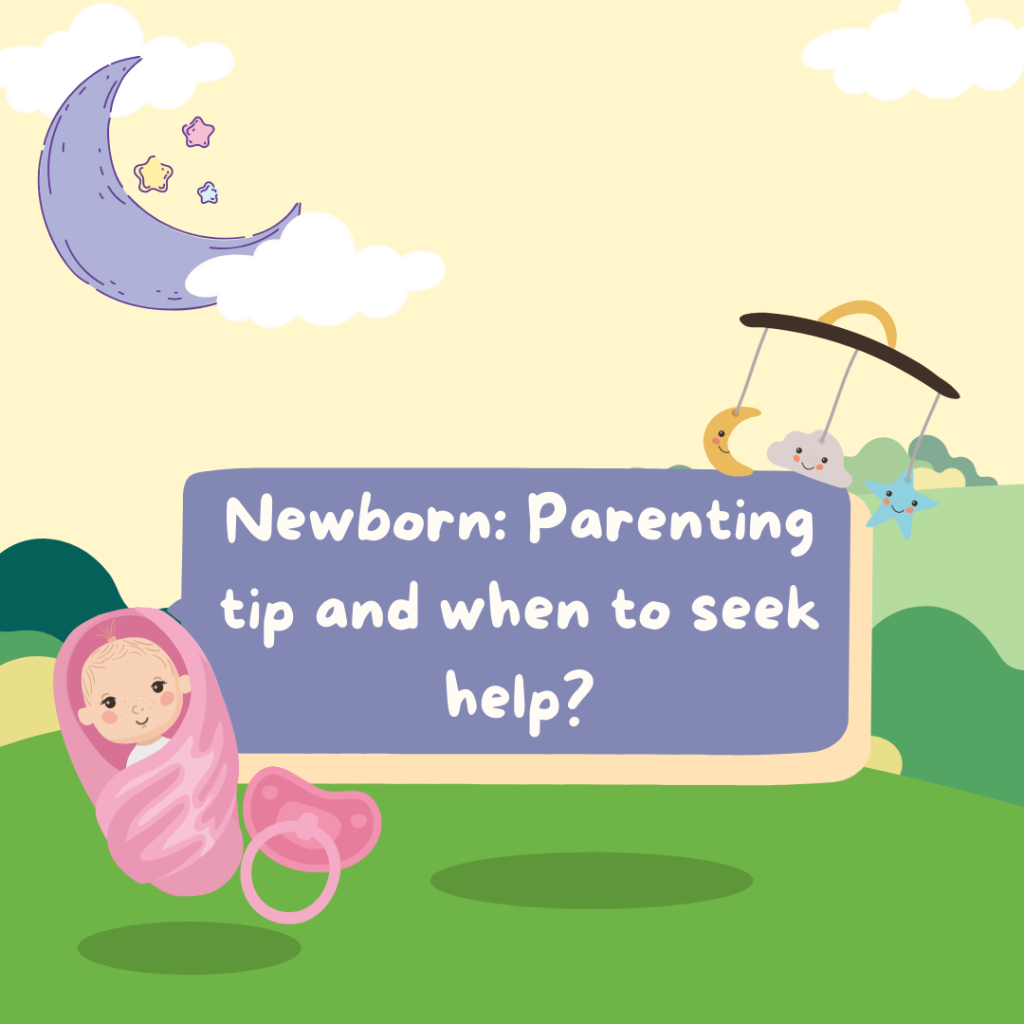
During the first 3 months after the child is born, they already know how to make small moves. Newborn gestures and sounds are signals to communicate with their attendant, like crying when they are hungry, something is painful or itchy in their body, or just when they feel discomfort. They are also tilting or facing their heads left and right, moving their hands and feet because they are starting to learn to move them. Little by little, they are recognizing objects near them, and they get reactive when they hear something loud. In the 3rd month, they learn how to smile.
Parenting Tip: How to Support Your Child During the Newborn Stage
This stage is the most crucial and difficult in taking care of a baby. Most of the caregivers, especially the moms, do lack sleep since a baby needs to be fed from time to time or change their diapers before it leaks everywhere. But during your awake hours, you can try doing the following to bond with your baby:
- You can tell stories, talk, count their body parts, or tickle them. This can help them be able to use their senses.
- You can make funny or cute faces to make them laugh or smile. Always show your smiling face and laugh.
- For starters, you can now give them soft and baby-safe objects with texture to touch or feel. You can also take them outside to feel the sun, the air, the breeze, and the environment. It could heighten their senses.
- Give your tummy time for a few minutes a day. Lay your baby on the bed facing the bed. In this way, you are giving them time to be on their own.
When To Seek Help for Your Newborn?
When a newborn is in pain or uncomfortable, he or she is unable to communicate. It is critical that you remain vigilant and properly attend to their needs at all times. By means of observation, seek help from your doctor when you notice the following:
- Trouble breathing. Check their mouth or lips to see if they are turning blue or if they are breathing rapidly, like 60 breaths per minute.
- Fever. A rectal temperature of 38 degrees Celsius or higher is required.
- Seizure.
- Blood in their vomit or vomiting forcefully.
- Has yellowish skin and eyes or signs of jaundice.
- Diarrhea.
- Sleeping more than usual.
- Refuses to eat or to be fed.
- Caught a cold.
- Rashes or infections that won’t go away on their own.
- Anything unusual with your baby’s body, eating, sleeping, habits, appearance, or any other signs that are bothersome
Infant
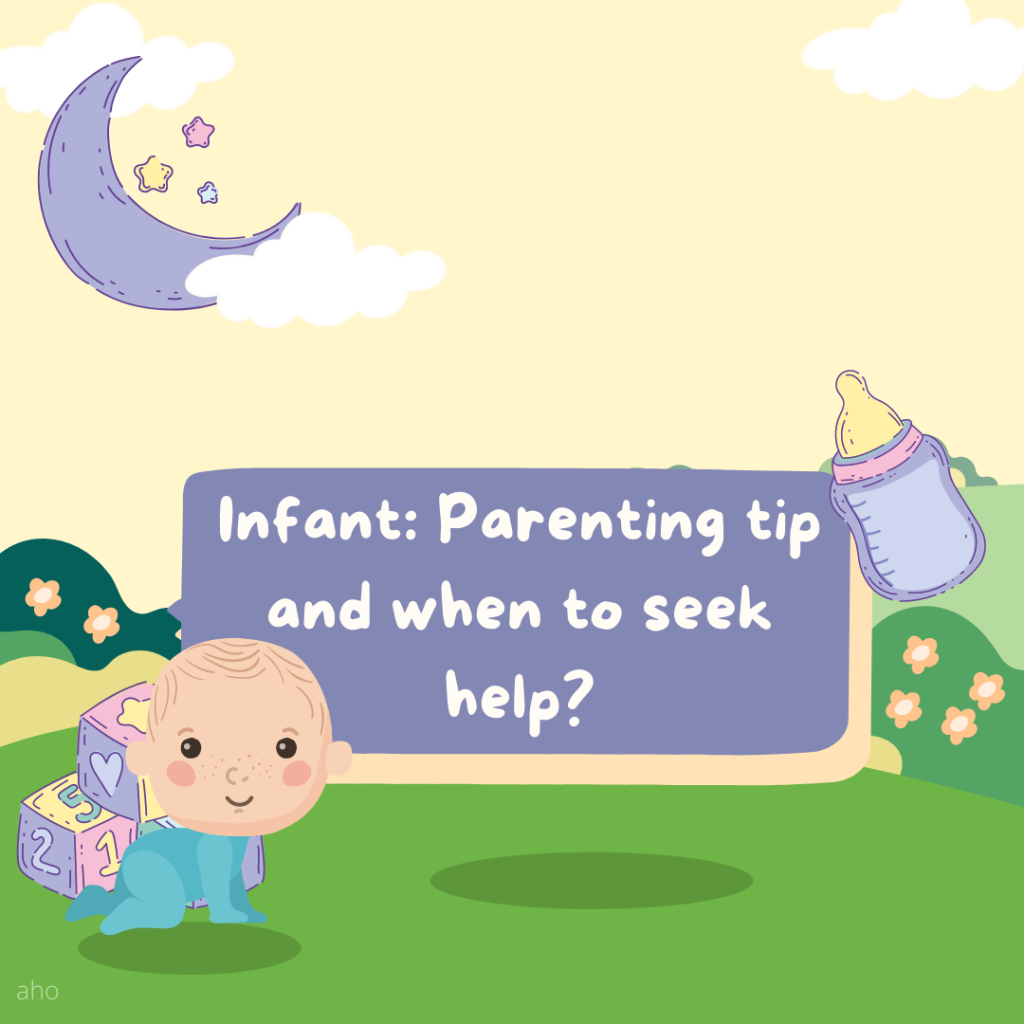
This stage covers the first 3 months to 1 year of a child’s life. After the first developmental stage, you will notice a significant change in a child’s behavior and capability to interact.
| Phase | Age in Months | Interpretation |
| Babbling, controlled movements, banging objects, eating objects/mouthing, smiling as a response, attentive to the sound of voices, starts showing interest in their environment, able to make eye contact, starts squealing, grasping. | 3 months | The child is practicing her movements, trying to learn about their surroundings, and learning to react to the people around them. They gain senses so they begin to get curious and work on their intuition. Little by little, they practice hand and eye coordination. |
| learns to respond to people’s emotions, recognizes their name, is interested in mirror images, can sit with support, Play with others (social), communicate with gestures and express emotions, body coordination, develop visual senses Able to recognize their mother’s voice, shyness around new faces, interest in their own feet, understand “up” and “down,” palm grasp. | 6 months | The child is able to say “words” like “dada” or “mama”. They started to babble a lot, trying to talk or copy what they heard or answered. Their body strength is showing; they are getting a hold of making their bodies work or move and have started using them to explore and be in different poses. And, as their visual sense develops, they begin to understand or become acquainted with the people around them, the environment, objects, and images. |
| Discovered a favorite toy, understands what “No” means, knows one word, grasps with thumb and index fingers (pincer grasp), sits on their own, enjoys holding objects, is visually attentive, clings to familiar faces, imitates hand gestures, shows interest in picture books, watching people move, and making sounds to attract attention. | 9 months | They are now able to speak a word. From palm grasp, they now learn how to pincer grasp. Mostly, they do this when they see something small, either moving or with texture. Their ability to comprehend and their intuition are being practiced as they learn fast by just observing and exploring objects. They also gain affinity and bond with their caregivers and parents. That’s why they also start to seek attention. |
| They can repeat words or imitate what they have heard (say after me), wave hands (bye-bye), stand-alone for a few seconds and with support from nearby objects, cooperate in dressing, understand and respond to simple instructions, babble a few different words, cry when the mother or father leaves, explore objects and play. | 12 months | At this age, a child has a concrete familiarity with the people surrounding them and their environment. And since a child has now gained a bond with the parents, they become clingy, so they cry to see them leave. Because of repetitive experience, trust and security developments, and they are now able to understand instructions and do little tasks. |
Parenting Tip: How to Support Your Child During Infant Stage?
Exerting effort or being able to do all the caregiving hands-on is a very helpful way to make the developmental process or nurturing faster. At this stage, infants should be able to have direct interactions with their caregivers. The following are the tasks you can try doing with your baby:
- Talk to the baby, but don’t use baby talk. This will help them learn to speak words faster.
- When they are babbling or mumbling, answer them. Always talk back in the most careful and motherly way. Like, guide their talking with real words.
- Play classical music or soothing music for relaxation. Better yet, sing to your baby. It helps them to be comfortable and at ease.
- Read to your baby.
- Spend the majority of your time providing warmth. Holding, cuddling, and caring for your child.
- As you devote your full attention to parenting your baby, offer reassuring words or promises from time to time.
- When the mood is light and the baby is alert and active, Try playing with them. Like simple peek-a-boo or anything that would make them laugh or get out of stress.
When To Seek Help for Your Infant?
Infants are unable to communicate or even express themselves when they are in pain or uncomfortable. It is critical that you remain vigilant and properly attend to their needs at all times. By means of observation, seek help from your doctor when you notice the following:
- Skull fracture.
- Fever of 38 degrees Celsius or above for more than 3 days.
- He refuses to eat or to be fed.
- Caught a cold.
- Vomiting and diarrhea.
- Trouble breathing.
- Poisoning.
- Visible bluish or grayish lips.
- Dehydration.
- Rashes or infections that won’t go away on their own.
- Anything unusual with your baby’s body, eating, sleeping, habits, appearance, or any other signs that are bothersome?
Toddler
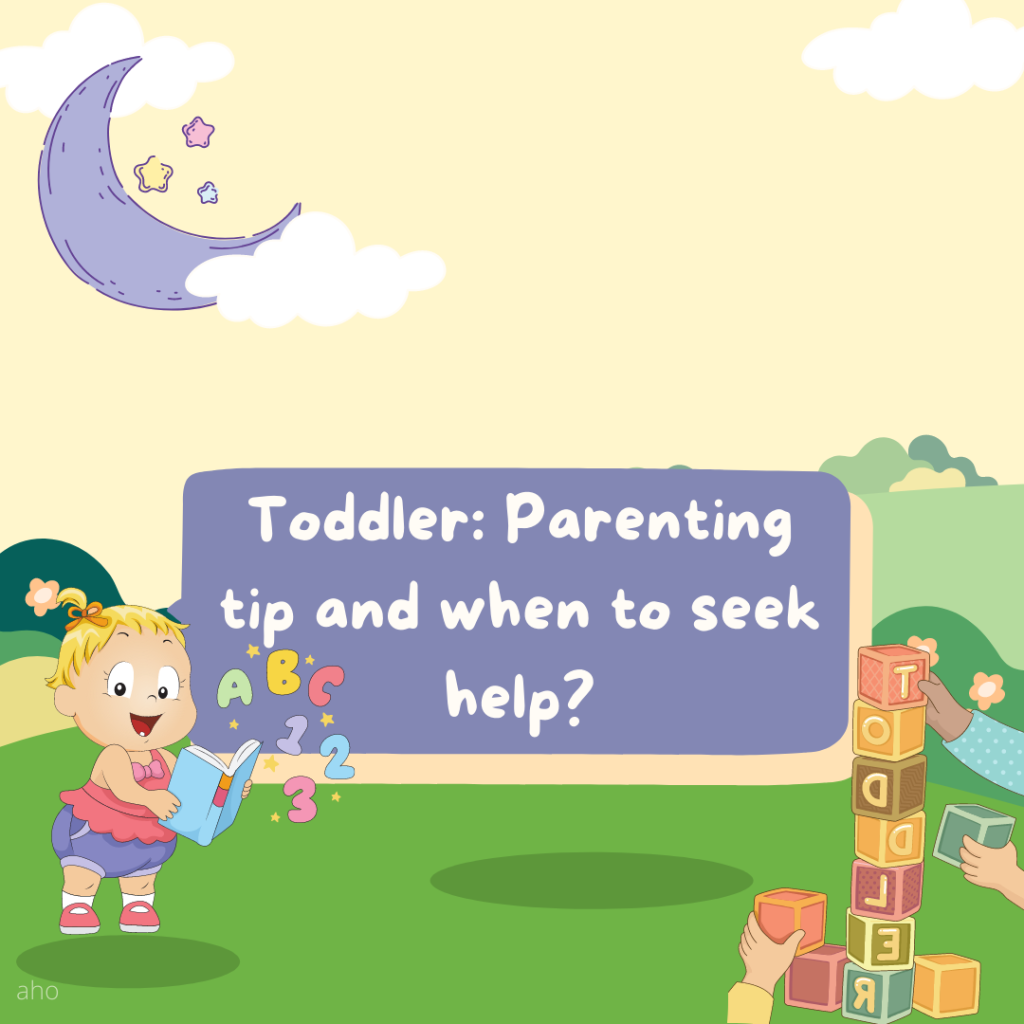
A toddler is the 3rd early childhood developmental stage, with a range of 1 to 3 years old. Their entire learning or development process happens through play. Play-based learning is a very effective method of learning for early childhood. Habitual activities such as reading, singing, talking, and playing games start here. With further practice, they master these activities, and it’s really fascinating how they grow so fast and improve their well-being.
The following are the developmental milestones and their examples:
- Sight, touch, smell, hear, and taste are examples of sensory experiences.
- Gross motor skills: climbing, walking, running
- Fine motor-feeding themselves, drawing, scribbling
- Language Development-saying single to a few words, then sentences
- Interaction and play with other children or adults, taking turns, child play, or fantasy play are all examples of social and emotional development.
| Phase | Age in Months | Interpretation |
| Running, walking, climbing with assistance, being able to say a few words, laughing to react, being able to identify objects, body parts, and colors, completely understanding simple instructions or directions, playing with other kids or people, throwing small objects, assisting in dressing up or removing, holding small objects such as pencils or coloring, scribbles, can play memory games such as matching and puzzle games, recognizing names and or pointing out images. | 12-24 months | Toddlers are getting more physically and mentally active. Fueled by their curiosity, everything they see for them is new and peculiar. They are getting more and more exposed and learning while giving less effort to teaching them. They often ask and just do what they want, and it is because that is what their minds want to do. With further observation, you will see that they are getting more and more affectionate, empathetic, and outrageous. They started to move and go into places, touch things, and do something different almost every minute. It is how they like themselves to be entertained. |
| Can talk and use real words, have a larger vocabulary, know how to organize or stack things, are less likely to mess up their food when eating alone, can develop friendships with other people, begin playing pretend and scenarios, can recognize shapes, have improved memory in naming body parts and names, can tell when to use the potty (bathroom), and can understand a few simple instructions and directions in one sentence. | 24-36 months | With similarity to the child’s habits from the past several months, their previous skills and capacity are getting honed and better. They may begin to do things on their own, such as brushing their teeth, taking a bath, and cleaning up after themselves, but it is still preferable if they are always guided in every task or activity they undertake. |
Parenting Tip: How to Support Your Child During Toddler Stage?
At this stage, you will clearly see the kid’s capacity to think and his capabilities to do basic activities such as playing games, writing, naming things, or adaptability grow exponentially. To help them nurture their present skills as of now, you can try to do the following:
- Play with them. Play games appropriate for their age, like outdoor games or sports.
- Help them be creative. You can help them create something from scratch. You can use molding clay, Lego blocks, jigsaw puzzles, etc.
- From time to time, get them to read short stories with you. Read and elaborate.
- The ability of a child to learn is not instantaneous; therefore, learn to be patient and allow them to discover things on their own, but under adult supervision.
- Support them when they have found what they really like, but also teach them hard work and patience.
When To Seek Help?
Toddlers don’t grow and develop all their skills and phases at the same time. Your child may seem to be ahead and some may have a delay, which is normal. Children have their own pace of development. Talk to your child’s doctor if you see any of the following signs:
- Inability to walk.
- Speaking only a few words
- Not understanding simple requests, directions, or instructions
- Not being affectionate.
- Disinterest in socializing or meeting people.
- Not showing interest in anything.
- Not being vocal about their needs.
Preschool
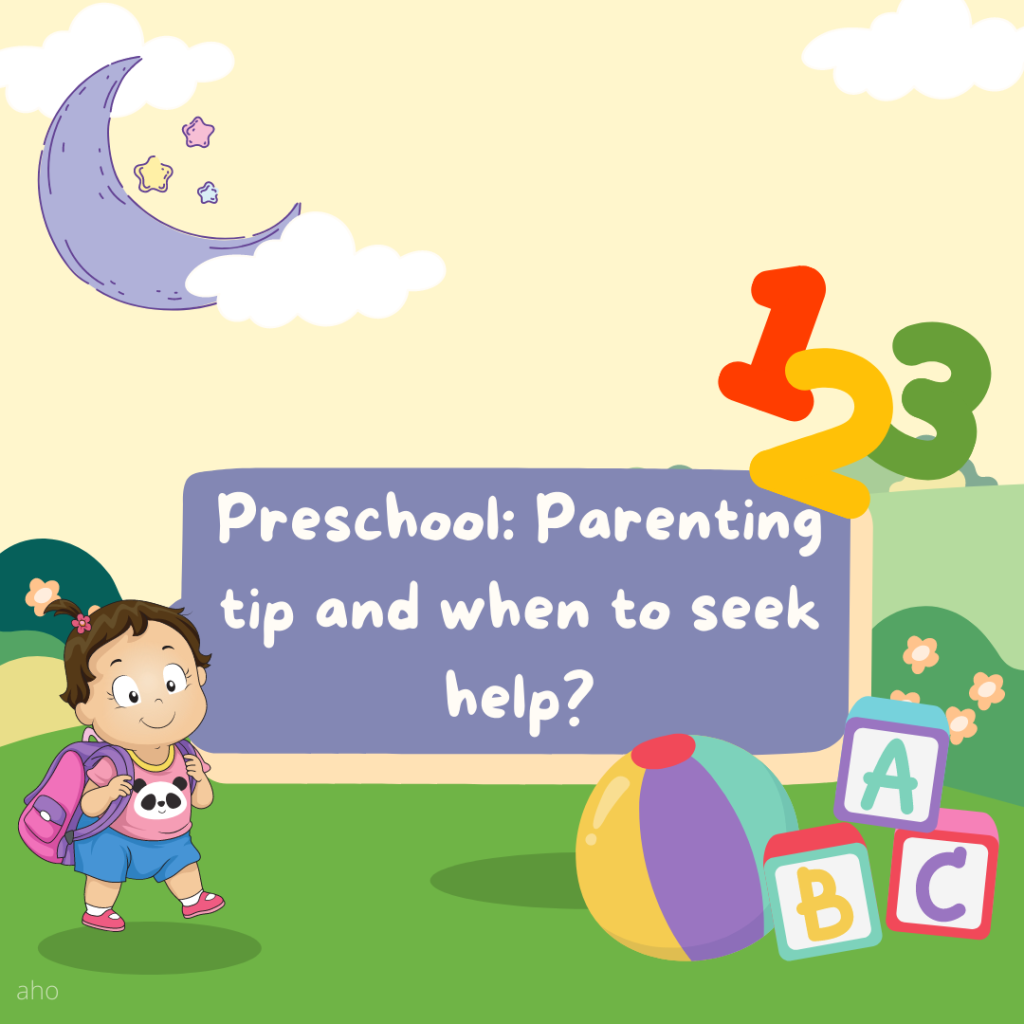
This stage is the best for developing the motor skills of the child. Motor skills are functions that involve bodily movement to do physical activities or tasks. At this stage, we are talking about developing and enhancing the gross motor skills and fine motor skills of children between 3 and 5 years old.
Gross Motor Capabilities
Gross motor skills are activities that require a larger mass of muscles to perform tasks. Since this means the movement of large muscles, it involves moving the limbs and trunk. Usually, the task can be done by balance control and posture.
The following are the gross motor skills and activities:
- Running
- Walking
- Skipping and hopping
- Jumping
- Pedaling and steering while riding a bicycle or tricycle
- Climbing ladders, chairs, beds, or stairs
- Throwing and catching a ball
- Kicking in
- Galloping or leaping
- Stretching hands when reaching for something
- Dressing up or removing the clothes
Fine Motor Abilities
Fine motor skills are activities that require smaller-mass muscles to perform tasks. Fine motor skills are good for tasks that require precision or control of smaller muscles. Small muscles need to be refined, as do gross motor skills.
The following are fine motor skills activities:
- Pinching or picking up small or thin things using the index finger and the thumb
- Gripping
- Zipping and unzipping a zipper or zip-lock bag
- Tying and untying laces or ribbons.
- Stacking small objects (blocks, Lego, or toys)
- Cutting using scissors
- Using tweezers
- Molding clay to make shapes, lines, or letters
- Following the pattern
- By completing several puzzles
- Writing their name or another person’s name
- Scribbling or drawing objects like shapes, flowers, vehicles, animals, or things they see in their homes.
- They are brushing their teeth
- Turning pages of the book
To understand your child’s developmental milestones better, the table provides information about the activities or phases, at what age they occur, and their interpretations.
| Phase | Age in Years | Interpretation |
| Acting/copying familiar activities such as fantasy play and acts, like to be with other kids but does not play with them, would like to be included in gatherings or games, begins to gain more attention span, understands what is his/her and what is not his/her, can actually be taught and understand basic good manners and right conduct, tends to mimic anything that piques their interest, knows their gender and the difference shows concern in people or animals that appear to be harmed. | 2-3 years | At this stage, the kids start to be creative and imaginative. Their cognitive capacities show how they perform tasks or activities. They are also starting to learn basic colors, the difference between “1” and “2”, get more inclined to picture stories, start to feel for people, and recognize their family and people around them. |
| Can go to the toilet on their own, speak in a long sentence, can actually start to draw with further practice, likes to play pretend, recreates scenarios or acts, enjoys singing, greets familiar people, tries to help to do small tasks or household chores, acts tough, can play interactive games appropriate for their age, can socialize with both kids their age and adults, can actually or ask permissions to be allowed to do something, knows basic similarities and differences in images, knows several colors, knows basic prepositions (in, on, at), can do balance in one for several seconds, can run fast, throw and catch the ball better, recognizes their own emotions and the others, expressive when feeling displeased, throws tantrum and gets recover easily with help, knows basic information (name, age), tends to get more curious, remembers the characters and copies people and the scenario. | 3-4 years | This age shows how kids try to do things on their own and try to help their family members do house chores. They also start to be engaged in playing games with other people because, at this stage, they are also learning to get familiar with the environment they are in. All in all, you will see significant changes in their vocabulary, cognitive capacities, and physical capabilities to do activities and be somewhere they want to be. They act freely, have fun, and are careless. |
| At this stage, the kids start to be creative and imaginative. Their cognitive capacities show how they perform tasks or activities. They are also starting to learn basic colors, the difference between “1” and “2”, get more inclined to picture stories, start to feel for people, and recognize their family and people around them. | 4-5 years | You will see a significant change from the previous stage (toddler) and to this stage (preschool) and their ability to comprehend and focus on what they are doing is noticeable when taught thoroughly and made very engaging. It’s easy to make them do things like give instructions more and more. Occasionally, you can promise rewards after teaching. You’ll see their efforts, their very capacity, and capabilities. They start being obedient, learning to ask permission first before doing something, and show courtesy. |
Parenting Tip: How to Support Your Child During Preschool Stage?
In order to support your child to meet their developmental needs at this stage of age, the best way to nurture your child in every aspect is to enroll them in daycare centers. Most children at this age know the basics of writing, drawing, coloring, counting, socializing, following instructions, courtesy, and asking.
The following are the things you can do to help them:
- Enroll them in a music class to improve their memory and sense of hearing.
- Engage them in physical activities such as teaching them to play ball, enrolling them in a sports class or training, playing outside with other kids, or playing with them.
- Prepare learning materials and books to read whenever they have free time or are in the mood to do so.
- Observe critically how your kid behaves alone and with other kids. Don’t overlook it.
- To give holistic care for their developmental needs, it is recommended to enroll your kid in a daycare center.
- Always have family time. Go out together and eat together.
- Let them play when they want to play. Teaching them should not be forced. Play-based learning helps to improve their attention to learning.
When to Seek Help?
Since the preschool stage is in between the ages of 3 and 5, it will be less problematic for your child’s problems since they can already talk about them, unlike the previous stages. The only difference at this stage is to check their psychological issues.
The following are some of the issues:
- Speech delays
- ADHD (Attention-deficit/hyperactivity disorder)
- Aggressive behavior (throwing and breaking things, hurting others, picking fights)
- Cruelty towards animals (tormenting and lashing family pets or small living things)
- Evident to have an imaginary friend (bogus friend)
- Uncooperative to the developmental process, and needs that do not change
- Inflicting self-harm
- Making immoral comments
- Showing signs that aren’t normal physically and mentally
School Age
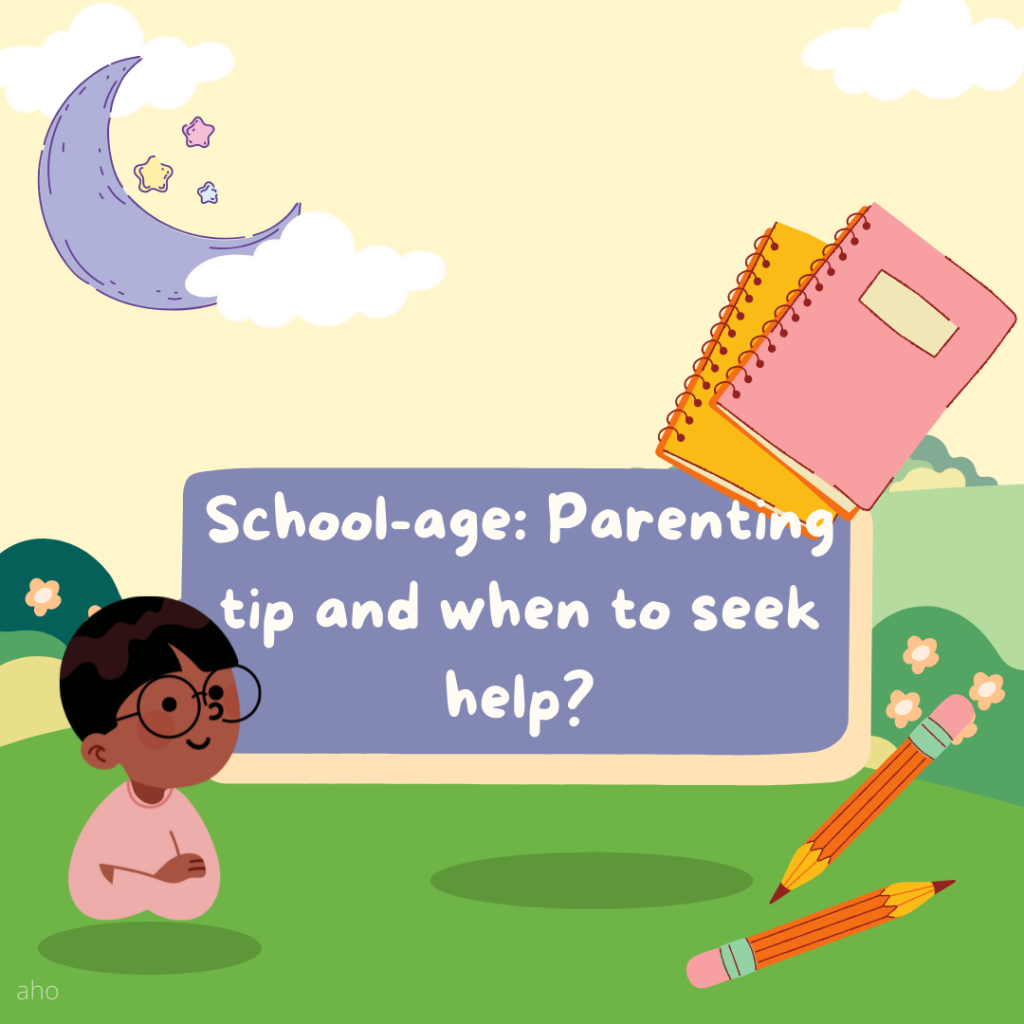
The school-age stage, ranging in age from 5 to 12 years old, will have a vast range in their physical and cognitive development. Unlike the previous stages, where most children learn from their parents/guardians or their environment, this entire stage focuses on developmental stages now that they are attending school. Attending school can impact a child’s ability to get stronger physically, improve cognitive capacity, gain more knowledge, and dwell on their emotions as they are exposed to different situations or scenarios every day.
Influences and Factors Affecting School-Age Growth
Numerous external factors and impacts can have an effect on a child’s development. It is critical to be aware of these factors and influences and to keep in mind that each child develops at their own pace. The major factors affecting the development of school-aged children are as follows:
Living and Learning in a Positive Environment: Both at home and at school, where one feels valued, loved, and challenged, will help facilitate favorable growth and self-esteem. Pollution and a lack of cleanliness, for example, can have a detrimental effect on a child’s physical development.
Culture: A child’s culture is likely to be a significant element in their overall development. For instance, a family’s culture or religious beliefs can have an effect on a child’s nutrition, activities, and daily routines.
Nutrition: Malnutrition happens when a child’s diet is deficient in certain nutrients or is excessive in others. A child who really doesn’t obtain adequate nutrients may experience underdeveloped or delayed growth. A child who consumes an excessive amount of a particular nutrient or food type may be at risk of obesity. Both types of malnutrition increase the risk of developing additional diseases and disorders.
Genetics: Specific physical characteristics, such as height and body build, can be inherited from one’s family. Genetics can also play a role in the onset of puberty and developmental milestones, as well as in the development of specific diseases, disorders, and disabilities.
Socioeconomics: A family’s financial situation can have an impact on the types of food available and the types of activities in which a child can participate. Families experiencing financial difficulties may also be unable to supply adequate medical care.
| Phase | Age in Years | Interpretation |
| Ability to draw a person with at least six parts of the body, can write some letters or numbers, understands that stories have a beginning, middle, and end, sorts objects by size, enjoys pretend play with the other children, demonstrates concern for others, is aware of gender, creates simple rules-based games, has a sense of ethics, shows increased independence, gets to eat with a fork, spoon, and occasionally a knife, skips and moves on tiptoe, utilizes the toilet independently, may be able to skip, jump rope, ability to tie shoelaces. | 5 years old | From newborn to this stage, it is evident that the developmental process is really fast in the first 5 years. Compared with adults who got older by 5 years, adults grew because of maturity and dreaming. Unlike the prior, growth from this age is to explore and to be guided to be a better citizen. That’s why nurturing their body, mind, and emotions while they are young is very important. |
| Fast development of cognitive capacities, acquisition of new ways of describing experiences, taking pleasure in planning and building. increased attention span, acquires an understanding of time, acquires an understanding of the difference between left and right, demonstrates increased independence from parents and family, begins to consider the future, increases awareness of one’s place in the world, interest in rules and rituals, concentrates more on friends, has a difficult time dealing with criticism or failure, desires to be accepted and liked by friends, girls prefer to play with other girls, boys prefer to play with other boys, considers situations to be either black or white, right or wrong, wonderful or terrible, with little room for compromise, competent with scissors and other small tools, enjoys putting his or her muscle strength and abilities to the test, excellent sense of balance It is capable of reproducing designs, shapes, letters, and numbers. | 6-8 years old | At this age, you will notice that a child is growing more and more independent. Compared to the previous stages, they are becoming self-reliant and tend to prove themselves capable of things on their own. They are starting to form bonds with their friends, like for boys, going biking, skating, playing ball; and for girls, playing dolls, princess plays, cooking, and playing house. The most important thing at this age and stage is to observe your child’s emotions and mental health. It is common for them at this age to want attention, acceptance, freedom, to be selfish, and to be irrational because their emotions and understandings are not tough enough, unlike adults. This requires a lot of patience. |
| Increased academic challenges in school; increased attention span; increased ability to see alternative points of view; interest in reading fictional stories, magazines, and how-to project books; may develop a special interest in collections or hobbies; may be interested in discussing a career prospect; fantasize about the future; develops stronger, more intricate social connections and peer relationships; places a premium on having friends, especially of the same gender. | 9-12 years old | When a child reaches this age with the help and support of their guardians, you will see from the child’s behavior the results of your effort and hard work. They are starting to gain hobbies like reading, playing instruments, writing, playing sports, and making art and crafts. Girls and boys hit puberty and their bodies begin to mature, as well as their reproductive systems, so they start to be self-conscious. They now know how to keep secrets from their parents or guardians and have started having crushes. The desire to be in a social circle could be easier or harder depending on the child’s behavior or appearance. It is common but not tolerated. Either way, understanding may be very difficult for oppressed children, so the help of their parents or guardians is a must. |
Parenting Tip: How to Support Your Child at School Age?
This could be the most challenging stage of your children’s early childhood lives. They are facing big changes from how they once did, reacted, and felt. At this stage, they may have seen changes in their bodies and feel more emotions than ever.
To help them more with these changes, here’s what you can do:
- Talk to your child about the changes that could happen to them (especially what happens when they reach puberty).
- Observe their moods and emotions. You should know what’s wrong with your kid, and when you do, take action. At least take them somewhere peaceful or somewhere that would lift their mood.
- Encourage them to join clubs or sports teams. In this way, they can make a lot of friends with similar interests.
- Set rules about what they can do and what they can’t do when they are allowed to go outside without adult supervision. Make them respect it.
- Try not to be upset if you decide to punish your child and give them the impression that they are free to express or explain themselves.
- You can now oblige your child to do household chores or at least clean their belongings.
- Set limitations on using gadgets and make them involved in recreational activities or something you can do as a family.
When to Seek Help?
There’s a lot of risk for your child when they reach this age or stage. Children, boys, and girls, experience aloofness towards people, sometimes making them look like the odd ones. Kids at this age can only be kind and sweet or bad and rouge. You will never know what happens to your child when they go to school, so take action when you notice something like:
- Prefers to be alone.
- Appears to be sad or depressed
- Fear of going to school
- Seem to have traumatic experiences when encountering something.
- Being caught with a substance
- Involves harassment, criminal acts, and abuse.
- Doing something unusual for their age.
- Getting stubborn and swayed by peer pressure.
Six Areas of Early Childhood Development
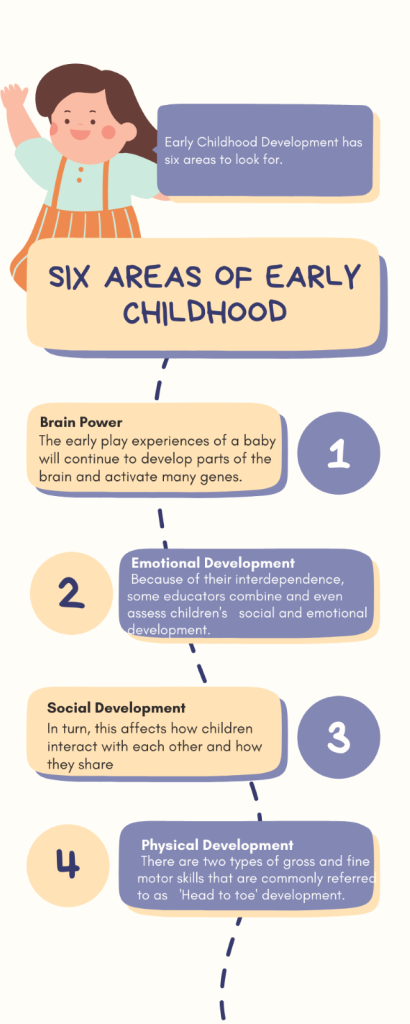
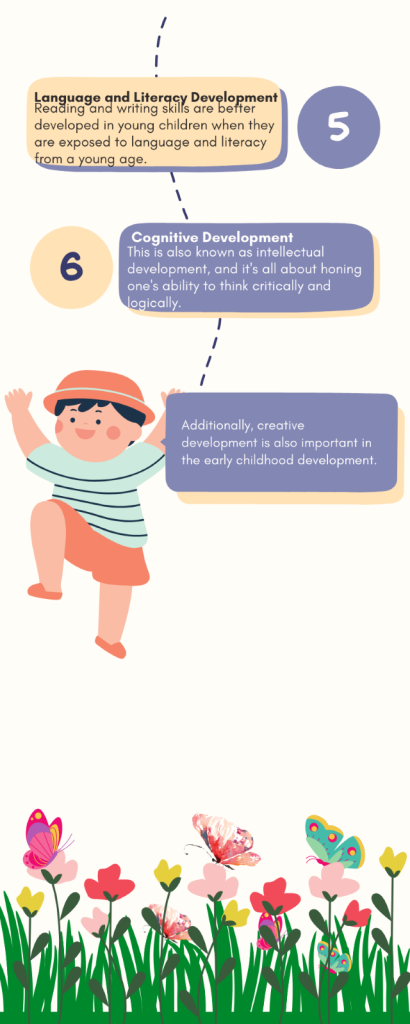
Child development sets the foundation for the child’s health, lifelong learning, characteristics, and behavior. Brain development is influenced by the experiences children have in their early years. It includes their ability to learn, interact with others, and cope with daily stressors and challenges.
According to some research, there are six areas of child development. Eleni McDermott states the six areas of early childhood development. These are:
-
- Brain Power
According to neuroscientists, a baby’s brain is the most developed organ when they are born. The early play experiences of the baby will continue to develop parts of the brain and activate many genes. Even if a baby’s environment or play experiences are subpar, this process will occur because a portion of the brain is very responsive. Experiential learning is critical to other parts of one’s brain, however.
Brain Power or memory development will be further discussed in the next article.
-
- Emotional Development
Because of their interdependence, some educators combine and even assess children’s social and emotional development. A unique set of skills is needed for young children to develop their emotional intelligence, including the ability to control their emotions, feel good about themselves, take risks, and become resilient. When a child has a strong emotional connection with at least one significant adult, their development will be more rapid. It is only when this is established that children will learn how to control their feelings of apprehension and excitement, as well as their aggression and shyness. The temperament of a child does play a role in their emotional development and can affect their level of self-assurance, trust in others, and willingness to take risks.
-
- Social Development
In turn, this affects how children interact with each other and how they share, participate in play involving one or more children, accept rules, and cooperate with their peers. This can be a challenging time for young children, especially those under the age of two, so it’s important to keep trying and be patient. When you take your child to the store or cafe, don’t discount the importance of social development when it comes to teaching them proper hygiene, eating, and behavior in public places.
Always keep in mind that a child’s temperament can influence their shyness as well as how they interact with others, communicate, and form bonds. It will take longer for children who are socially awkward to acquire these abilities.
-
- Physical Development
Two types of gross and fine motor skills are commonly referred to as “head to toe” development. The development of large muscles, such as those in the legs, arms, and trunk of the body, is known as “gross motor”. Moving your body in various ways—whether it’s through play or exercise—is an important part of mastering gross motor skills. The development of small muscles that control small objects (Lego-type toys) such as threading, catching, and holding a pen, pencil, or paintbrush, or rolling, squashing, and pounding play dough.
-
- Language and literacy development
Reading and writing skills are better developed in young children when they are exposed to language and literacy from a young age. Music in the womb helps infants connect the rhythm and beat of the sounds they hear after birth, allowing them to form a better understanding of the world around them. As a part of a literate society, books, posters, signs, and symbols in the environment encourage dialogue. Body language, gestures, and facial expressions are all forms of nonverbal communication. As a result, children’s speech development necessitates numerous practice opportunities. You can make a big difference by talking to and with your child about these issues. Dressing up, pretending, and drawing are all activities that help children develop pre-reading and writing skills in play environments. The development of language and literacy skills begins even before a child is born and continues through primary school. Immersed in a foreign language at home, the majority of children become proficient communicators.
-
- Cognitive development
This is also known as intellectual development, and it’s all about honing one’s ability to think critically and logically. The ability to remember people, names, places, songs, rhymes, and so forth. acquiring the ability to categorize and evaluate information. Several cognitive skills can be used in the later stages of education to help students learn about the scientific, mathematical, and linguistic worlds. When you play games like snap or lotto, do puzzles, cook with your child (and talk about proportions and ingredients), go shopping with your child, read aloud to your child, and engage in back-and-forth conversations, you’re helping your child develop cognitive skills. We often have no answers to the questions that preschoolers ask, and we encourage them to go on a discovery journey with you (“let’s find out together”) to show them that knowledge comes from both inside and outside experiences.
McDermott added another development, which is creative development. Children are born with creativity and an active imagination; these help them express themselves in their way. Creativity has different areas that a child can use to convey their expression towards their environment. These creativity areas are:
- Art.
- Language
- Music
- Dance
- Dramatic Play
- Outdoor play
- Daily occurrences
The creativity of a child can be triggered in so many ways, like showing them a drawing, teaching them how to draw, and even singing music with them.
Parents often plan for the betterment of their children; it is important to make a decision that will benefit the growth and personality of a child. In this sense, guidance and experience are vital for the development of one’s child.
Early Childhood Memory Development
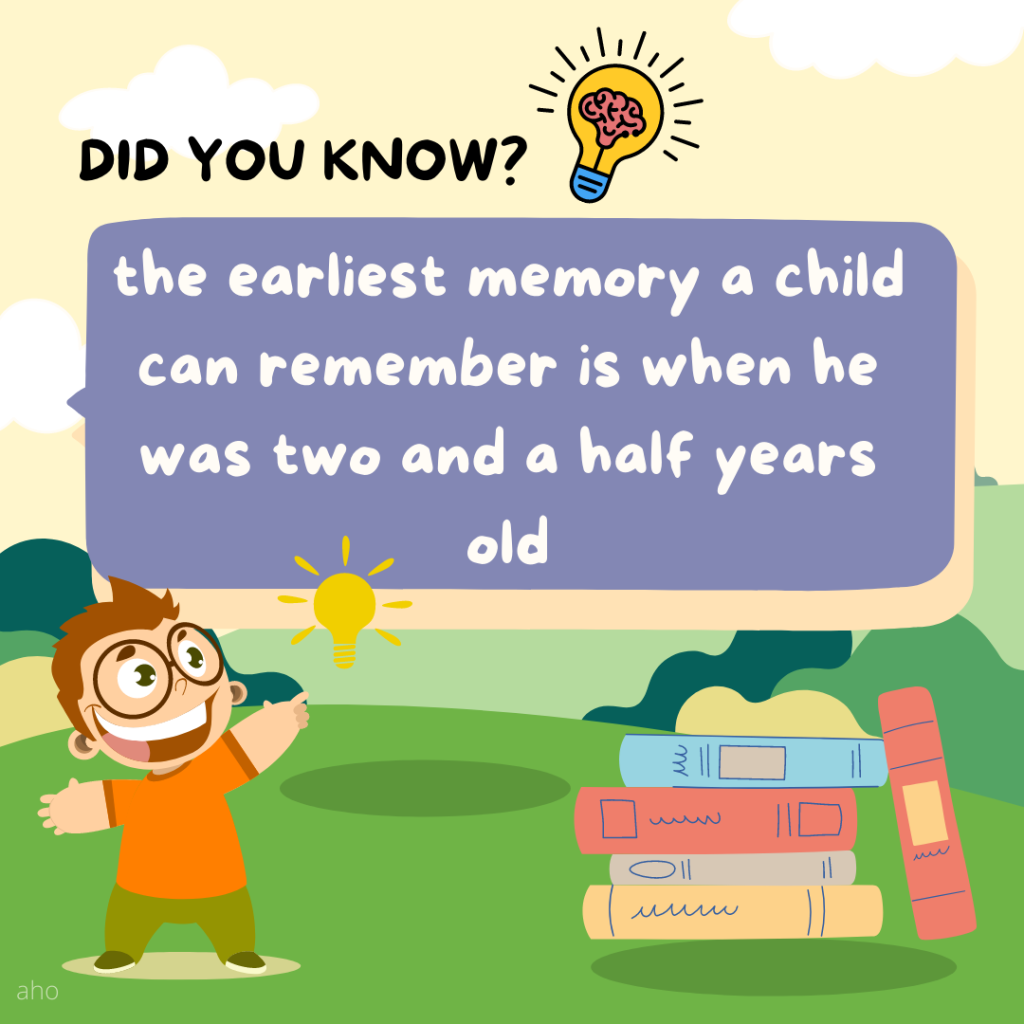
Let’s talk about the first of the six areas of child development, brainpower or memory development.
Can you recall a memory from when you were a child? Do you remember your first walk? How about the first time you rode a bike? You are probably recalling your earliest childhood memories because of this question. Keep on reminiscing about the happiest day of your childhood as we continue to discuss the memory development of early childhood.
Did you know that the earliest memory a child can remember is when he was two and a half years old? Yes, you read it right. This is according to the research that Dr. Carole Peterson conducted. In other words, children can recall the memory when they are three or two and a half years old. How cool is that, right?
According to new research, when people are asked about a specific memory, it’s possible to recall even more distant memories when they’re asked about it repeatedly. Children around two and a half to three years old improve several abilities, such as sustained attention, planning abilities, and generating play goals. Children can recognize their mother’s face, a bottle, and even the pancakes that their parents cooked for them. The recognition memory of young children is remarkable.
Parents have a vital role in the memories that their children create and remember. When parents spend time with their children and tell them stories, the children often remember the majority of it.
But how important are these memories? According to Franklin IS, memory is a critical component of children’s cognitive growth. Planning, concentration, and problem-solving skills are all enhanced. Children’s ability to learn new skills is aided by their ability to recall information. As a child grows and develops, so does his or her capacity for memory, and this is especially true in the early years of life.
Now let’s define what cognitive growth is.
Cognitive growth is the ability of a child to give reason and to think on their own. At this stage, children develop their knowledge, problem-solving skills, and dispositions that help them understand the environment they are living in.
How can you ensure that your children’s cognitive development needs are met? Well, the first thing to do is communicate with your child and name different objects that they can see. Next, let your child explore and play with their toys. Lastly, is answering your child’s questions, especially their “whys.”
Now that we know about the memory development of a child and how important it is, make sure to always guide your children on their journey. Your decisions are the foundation of your child’s growth and future. Are you ready to create memories with your children?
The Importance of Early Childhood Development Intervention
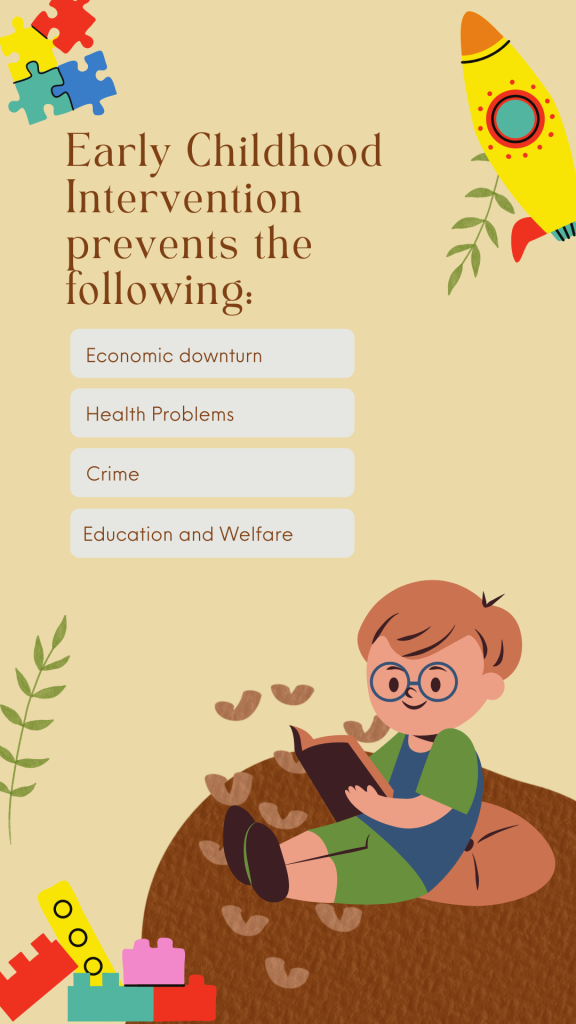
Giving little importance to the development of children may affect different sectors. It has an impact on the economy, society, health, crime, education, and welfare.
According to the World Literacy Foundation, one out of every five people in the world is illiterate, and another three billion are unable to read or write at a basic level. Hence, people’s inability to read and write at a basic level costs the global economy £800 billion a year. According to current estimates, increasing illiteracy is expected to cost the UK economy £80 billion this year. Functional illiteracy also has long-term effects on a person’s personal and social well-being that are all too often overlooked. In other words, childhood development and intervention are vital for the economic growth of a particular country. Illiterate people lead to an economic downturn.
The same scenario applies to the social impact. However, because of the many problems adults and children who lack literacy face, the larger issue of illiteracy must be taken into account on a social level. It is difficult to find qualified candidates for government jobs because literacy is a requirement. As a result, the country’s ability to function will be hindered, as well as the level of civic participation. GDP growth will slow over the long term as the percentage of adults who are functionally illiterate rises. People with poor comprehension may not fully comprehend the differences between what they read and what they heard.
If childhood development interventions are not implemented, health will suffer. When people with low literacy work in the medical field, the dynamics of patient-physician communication can be affected, which can lead to less quality medical care. As a result, being unable to communicate with doctors or understand what they are saying will have an impact on their health and well-being.
Crime. Criminal activity and illiteracy go hand in hand. According to a recent study, more than eight out of ten young offenders are illiterate. More than half of the 150 London prisoners were found to have dyslexia, so a pilot program to help 50 of them was put into place. According to the World Literacy Foundation, there might be a lot of reasons why criminals are illiterate, but the important thing is to give them the confidence to learn.
Lastly, education and welfare. Irregularities in literacy have a wide-ranging impact on a country’s society and health, as well as its criminal justice system. As a result of a lack of or low-paying employment, illiterate people are more likely to drop out of school and rely on welfare. Parents’ expectations for their child’s education are lower when they are functionally illiterate themselves. Children whose parents did not finish primary school are more likely than others to prioritize work over education.
Devoting time, effort, and dedication to child development will be a huge help in lessening the cost of illiteracy. Creating childhood programs will not just help the economy grow, but also crime, education, health, and social outcomes.
Early Childhood Development Intervention
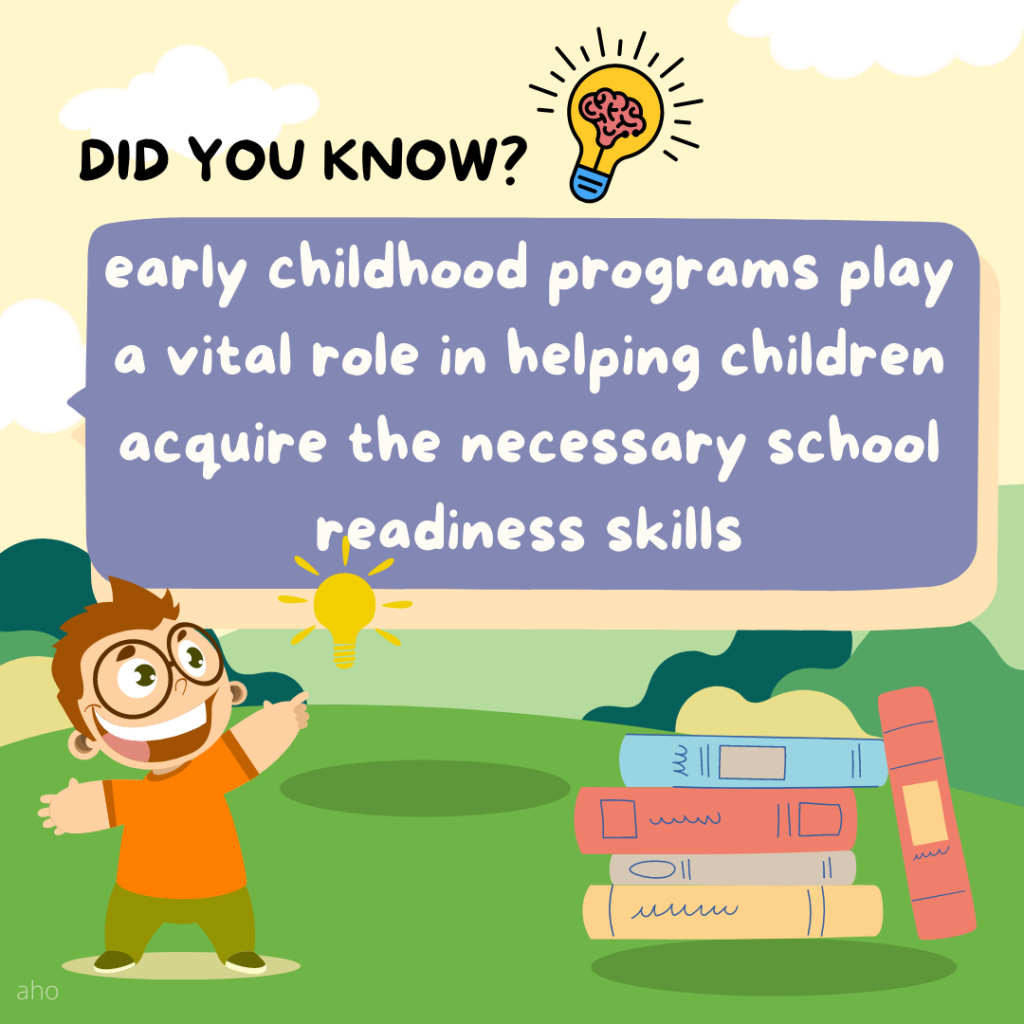
First, let’s define what early intervention is. Early intervention, according to the Centers for Disease Control and Prevention, refers to services and support for infants and young children with developmental delays or disabilities. This includes different therapies such as speech, walking, and physical therapy. Children develop physical, cognitive, communication, social, and emotional skills, as well as independence, during their first three years.
Nicholas Zill et al., and their studies affirm that early childhood programs play a vital role in helping children acquire the necessary school readiness skills to ease the transition to formal education. All children can take advantage of some of these programs, while others are geared toward those who are less fortunate. In other words, reading and writing fluency are critical for the academic success of children. Developing these skills early in life is critical for their development. One of the main problems, according to Nicholas Zill, is that most schools are not ready for a variety of students. That is, some schools do not have programs for children who require special care.
So, how does early intervention work and what can this achieve? The early intervention aims to reduce and increase protective factors in a child’s life. There are four main areas of a child’s development where early intervention can have the greatest impact and provide the most long-term benefits:
-
- Physical: A child’s physical development lays the groundwork for all other aspects of their growth and development because it takes into account their physical health, maturation, and whether or not they have any physical disabilities. Improved birth outcomes, a decrease in infectious disease incidence, and a decrease in childhood obesity are among the physical outcomes targeted by early intervention activities.
-
- Cognitive: Speech and language skills, the ability to read and write, numeracy skills, and an understanding of logical problem-solving are all part of a child’s development of cognitive abilities. A child’s success in school and the workforce is strongly linked to that child’s positive cognitive development. Early intervention typically focuses on cognitive outcomes such as standardized test scores, school achievement, and post-secondary education and employment possibilities.
-
- Behavioral– Behavioral development refers to a child’s ability to self-monitor and self-regulate their behavior, attention, and impulses. Children’s ability to self-regulate is strongly linked to their ability to form positive relationships with others and to their success in school. Children who struggle with self-regulation as children are more likely to become involved in criminal activity as adults. When it comes to reducing antisocial and criminal behavior, violence at school, and school-affiliated antisociality, early intervention is frequently used.
-
- Social and Emotional: The ability to recognize one’s own emotional needs as well as those of others is an important part of social and emotional development for children. The development of children’s self-esteem and their capacity to deal with negative emotions are all part of social and emotional development. Children whose social and emotional development is strong are less likely to develop depression and other mental health issues. Increased pro-social behavior, increased self-esteem, and decreased occurrence of clinically diagnosed mental health problems can be achieved through early intervention for children.
This research suggests that these areas should be the main focus for the growth of children. Additionally, Daelmans and his team emphasize that it’s important to keep children healthy and nourished, but these aren’t enough. There are other essential interventions to support early childhood development. Daelmans and his team divided these interventions into different groups, and these are:
- Preconception Care
- Maternal Health
- Child Health
- Nutrition
- Violence prevention
- in addition;
- Social Protection
A child needs to have a healthy environment while they are learning. Adults should supply healthy conversation and a safe, caring environment for the children. Under these groups are the interventions. Ready to know them all?
- Preconception care is an essential intervention for motherhood.
- Promotion of adequate maternal nutrition.
- motherhood immunization.
- Giving birth at the proper time.
- Quitting smoking and abstaining from drug use
- Detection of inherited health issues
- protection from toxins from the environment.
- The prevention of violent behavior between intimate partners.
- The promotion of psychological well-being
- Maternal health is vital for giving birth to a mother.
- A skilled provider’s antenatal, childbirth, and postnatal care.
- detection and treatment of maternal mental health issues.
- Child health revolves around the health of a child and their development.
- Preventive immunization and integrated management of newborn conditions
- Childhood illness prevention and integrated management
- Counseling for child development
- Nutrition: Address the children’s dietary plans and nourishments.
- Feeding advice for infants and young children, management of feeding difficulties, and inadequate growth.
- Counseling for Child Development
- Adolescent health is concerned with the health and development of adolescents.
- The promotion of a healthy way of life and health literacy are two of the goals of this campaign.
- Promoting health and well-being by addressing the needs of adolescents and empowering them to make their own decisions.
- Violence Prevention: Advocates for the protection of all children from violence and maltreatment.
- Prevention of child abuse
- Home and community violence prevention
- Environmental health: the environment is one of the vital things that adults should look for. Without fresh air, trees, and animals, children will have a difficult time adapting and living.
- The availability of clean water, sewage disposal, and personal hygiene facilities.
- Electricity is available.
- Playgrounds that are free of harmful substances like lead, mercury, and pesticides
- Air pollution can be prevented both indoors and outdoors.
- Social Protection: Services that protect both parents and children are promoted.
- Cash transfers and social assistance programs
- Birth certificates
- Parental leave and child care
- Child welfare services
The bottom line here is that there is so much more to consider in order to have a healthy and well-developed life for the children. Even the health of the mother and the well-being of parents is important to provide a better society and an opportunity for children to grow up in a healthy environment. Everyone has a role to play in society.
Now, the question is, are you ready to fulfill these needs for the development of a child?
Best Practices in Early Childhood Interventions
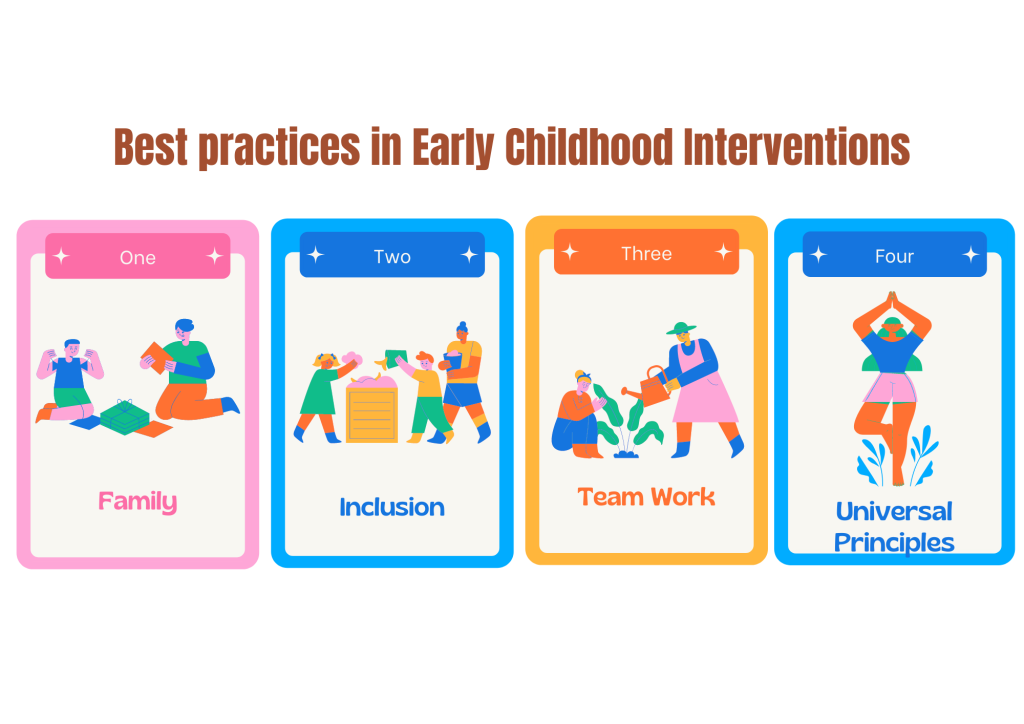
I guess you are eager to provide a better environment for the growth of your child. Well, let’s now discuss the best practices in early childhood intervention.
ECIA, or Ealy Childhood Interventions Australia, states the best practices that should be followed. This is based on the research they conducted and their experience. According to them, four “quality” areas have eight key best practices;
-
- Family
Additionally, culturally responsive practices are a vital part of this model. Every family is welcomed and encouraged to participate in the education and development of their children because of the importance of family to a child’s life.
-
- Inclusion
Involving children in real-life situations is an important part of inclusive practice. As long as the child can participate fully in all aspects of life, he or she should. Children should be a part of their daily routines at home and in the community, where they can learn in a natural setting.
-
- Teamwork
Yes, early childhood intervention cannot be done by just one person; it should be a group or a team that works together. Learn how to work in groups and how to build your capabilities. Together with the child’s caregivers, professionals and families work together to improve their knowledge, skills, and abilities.
-
- Universal Principles
A health care professional who specializes in assisting young children is known as an early childhood interventionist.
Willingness and working together will result in the successful implementation of specialized activities for children and their early childhood intervention. This may be challenging. However, working together will lead to the opportunity to provide better development for children.
Conclusion
In this article, different topics were discussed that are related to early childhood development. Some of the key points are the following:
- Childhood development is important as it is the “starting point” for a child to develop their cognitive and social skills.
- According to some research, to ensure a healthy child’s growth, parents should observe this in their first ten years.
- There are holistic approaches to the importance of early childhood development. These are safety and security, right and enough nutrition, caregiving, a chance to discover and learn, and mental and emotional health.
- There are consequences if early childhood development is unmet. As the child grows older, it has psychological effects on them.
- Early childhood development and milestones have five stages. These are newborn, infant, toddler, preschool, and school-age.
- McDermott also added creative development as one of the areas in the development of a child.
- Creativity is composed of art, language, music, dance, dramatic play, outdoor play, and daily occurrences.
- Early childhood memory development is important as it is one of the foundations of a child’s development. Parents and their environment play a vital role in a child’s ability to have a memory.
- Early childhood development intervention is a special service that supports infants and young children with mental delays. It is composed of programs and therapies that a child may need.
- Early childhood development interventions have benefits that are physical, cognitive, behavioral, social, and emotional.
- Interventions should not just focus on a child but also on the mother and the child’s parents. Therefore, Daelmans and his research emphasize the different intervention groups. These are preconception care, maternal care, child health, nutrition, violence prevention, environmental health, and social protection.
- There are best practices in early childhood interventions. It revolves around different quality areas; these are family, inclusion, teamwork, and universal principles.
- Early childhood development intervention answers some issues in society.
- Having an illiterate society has an impact on the economy, society, health, crime, education, and welfare.
- Investing in childhood development will give good feedback to society.
Overall, early childhood development cannot be done by just one person; it is the work of many people in society. That is why being involved and cooperating is one of the keys to giving a better future and welfare to every child in the world.
